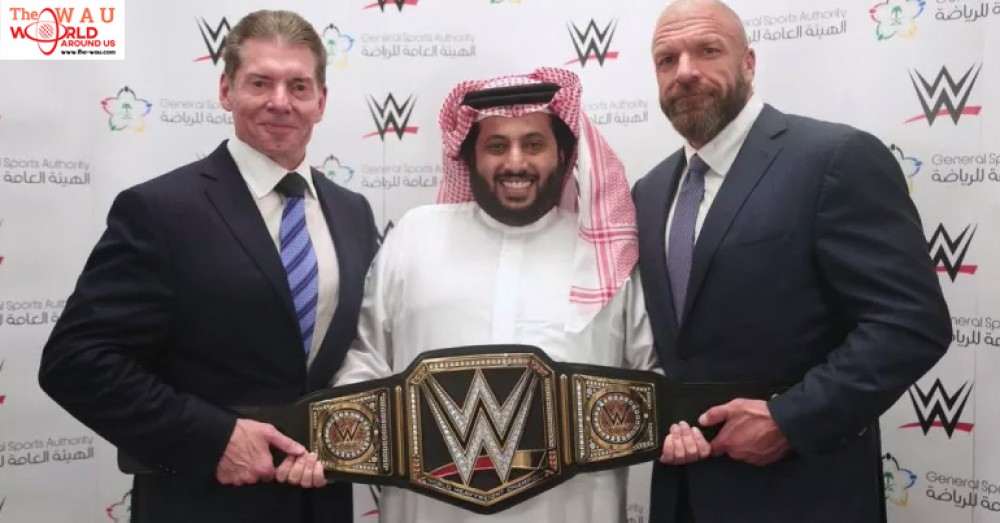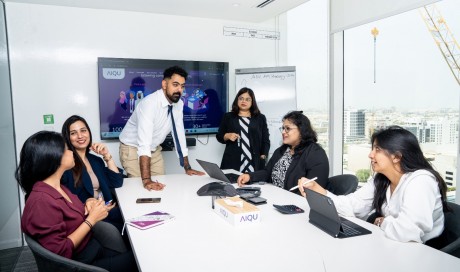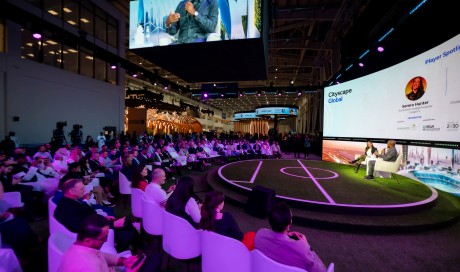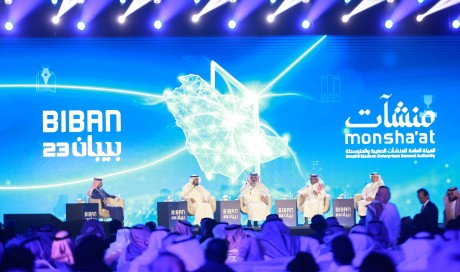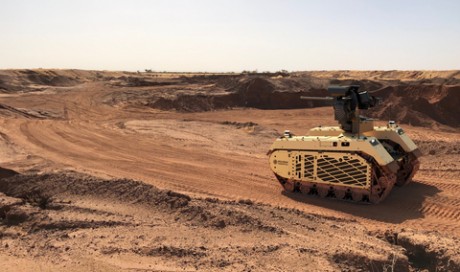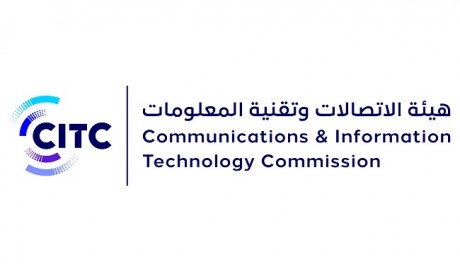On Friday, WWE is presenting the Greatest Royal Rumble, a live pay-per-view event emanating from King Abdullah Sports City Stadium in Jeddah, Saudi Arabia. Announced under two months ago, the event is being pushed on WWE programming as an upper-tier pay-per-view; it features a loaded card that feels as if it might have inspired changes to some WrestleMania results two weeks ago. WWE’s decision to emphasize the Saudi show and offer significant concessions, including the complete omission of its increasingly important female roster, is the first public-facing event of a new long-term deal in place between WWE and Saudi Arabia. Understanding the promotion’s newfound partnership with the Saudi government begins by understanding how the two serve each other’s interests.
Unlike the vast majority of WWE shows, the Greatest Royal Rumble is sponsored by the Saudi General Sports Authority, which is the government body responsible for all sports events in Saudi. As a result, the card is entirely funded by the Saudi government. Until WWE’s Q2 report comes out, though, there’s no way of knowing just how much Saudi Arabia is paying for both this show and its 10-year contract with WWE in general. But given the sheer size and spectacle of the card, it’s safe to assume no expense was spared.
Over the past couple of years, Crown Prince Mohammed Bin Salman—the de facto ruler of Saudi Arabia who’s commonly known as MBS—has been hailed as a social reformer for the changes he has implemented in his Middle Eastern kingdom. Mainstream media has lauded the 32-year-old as a revolutionary figure who has transformed his conservative country by cracking down on corruption among the elite, lifting bans on various forms of entertainment such as concerts and the cinema, and allowing women the right to drive. Most of these pivotal changes are part of a strategic economic reform plan known as Vision 2030.
MBS unveiled Vision 2030—a blueprint that laid out a diverse, technocratic future for the kingdom in which the country would be free of its dependency on oil—in April 2016. Under this initiative, MBS has expanded participation in the workforce, strengthened the education system, and invested heavily in the entertainment sector, including in sporting events previously unseen in Saudi Arabia.
Saudi Arabia’s interest in sports fits into the broader Vision 2030 campaign, which seeks to present the country as quickly modernizing. In 2018, Saudi Arabia has hosted a two-day Race of Champions motorsport event — the first in the kingdom — and will host the World Boxing Super Series cruiserweight final in May. It was also reported that Saudi Arabia planned to acquire a stake in Hollywood talent agency and media conglomerate Endeavor, the parent company of the Ultimate Fighting Championship. Most recently, the kingdom secured an unprecedented 10-year deal with World Wrestling Entertainment.
WWE’s history in the Middle East in general is difficult to parse, with documentation of its earliest tours being virtually nonexistent. In the mid-‘80s, WWE (then the WWF) sent talent on several tours of that part of the world, but records are incredibly limited beyond wrestler anecdotes and rare mentions in WWF publications. The June-July 1985 issue of WWF Magazine documented one such tour, “WWF Spring Middle East Championship ’85 Tour,” in the periodical’s recurring “Foreign Affairs” section. That article offers few actual details beyond the facts that the tour hit Saudi Arabia, Kuwait, Egypt, and Cyprus, and that the previously and subsequently unmentioned Asian Heavyweight and Asian Tag Team championships were contested.
According to Gama Singh, who was brought on several mid-‘80s tours to appeal to the local Indian population, WWE may not have actually visited Saudi Arabia before, in spite of what its magazine said.
“I remember [VP of the WWF’s international division] Jim Troy telling me ‘We’ve got a four-week tour coming up to Saudi Arabia,’ and this and this and this, and at the last minute, the clergy refused to grant us work permits,” Singh said. “They said it was inappropriate for men to be in bathing suits and performing in front of the women. They didn’t think it was proper, so we never got our work permits, and the tour, at that time, never materialized.” He added that a similar issue arose in Kuwait with female wrestlers after they arrived, so the only way they could perform was to walk male wrestlers to the ring while wearing track suits.
The 1988 home video “Best of the WWF Vol. 16: Around the World” features highlights of an undated Mr. Fuji mach from Kuwait City with an unknown opponent, and remains the only footage released from any of those tours. In addition, The Glamour Girls’ 1985 WWF Women’s Tag Team title win was officially billed as having taken place in Cairo, Egypt. The common belief is that the match never happened (a December 2012 WWE.com article agrees), but you can’t really rule it out. When asked, Gama Singh could not remember if such a match took place, but did remember female wrestlers on at least one tour.
...[ Continue to next page ]
Share This Post

